Time to light this candle.
Category: space travel – Page 247
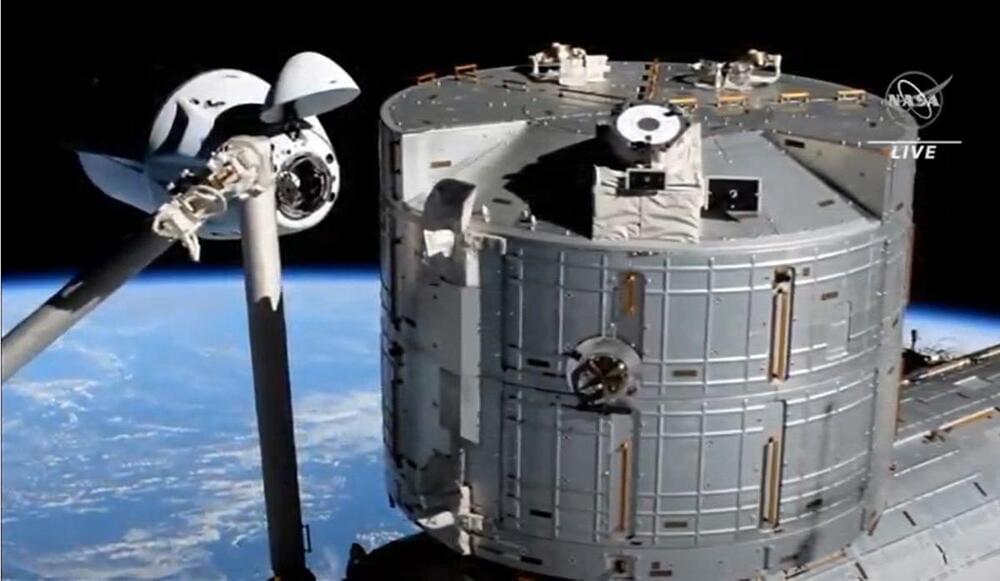
SpaceX Starship: Incredible render shows how Mars rocket design is evolving
SpaceX’s under-development rocket is set to soar, and a new render shows how the ship will look with the booster attached.
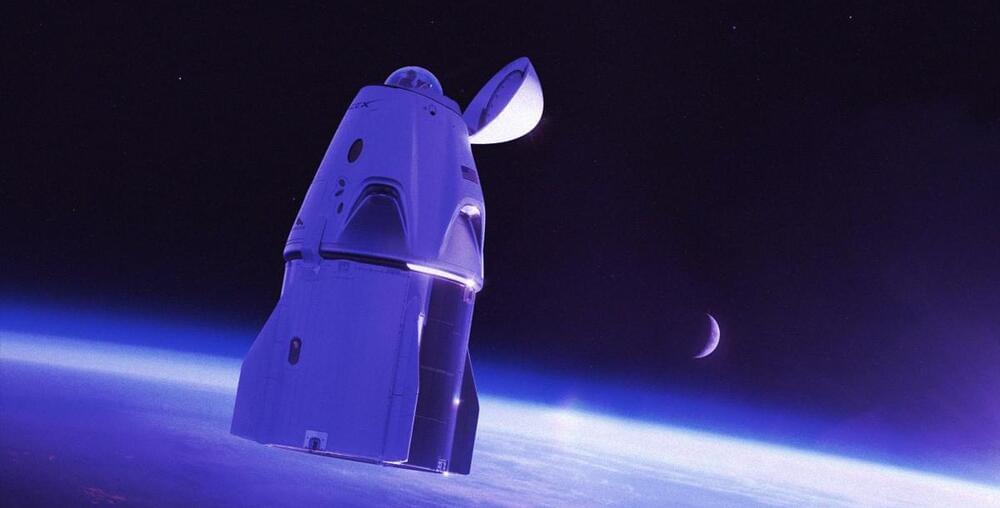
SpaceX Rocket for First All-Tourist Spaceflight Rolls to Launchpad
The Falcon 9 rocket booster, which made its way to to the launch facilities, has also been flown twice already.
But instead of a docking module built into the nosecone of the Crew Dragon, the spacecraft will be outfitted with a massive glass dome that will give its occupants an incredible view of the Earth below.
It’s a momentous occasion for the space company. If successful, SpaceX could prove once and for all that spaceflight is indeed possible — even without decades of training.
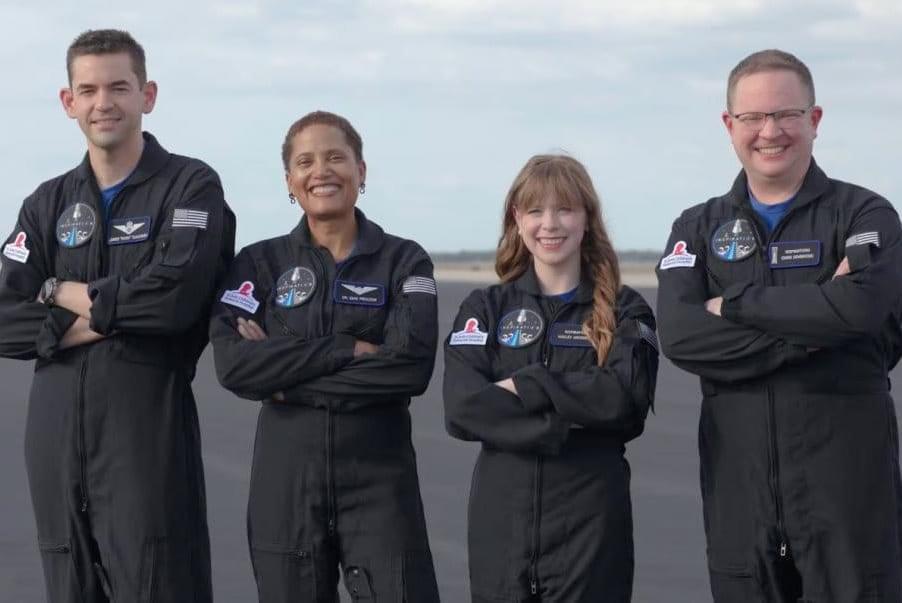
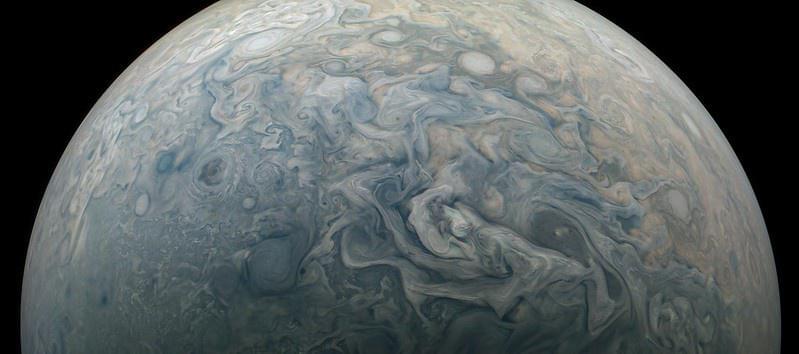
See 7 Breathtaking New Photos Of The ‘King Of Planets’ Taken This Week
NASA’s Juno spacecraft orbiting Jupiter has sent back another batch of stunning photos of the giant planet.
The $1.1 billion spacecraft, which recently marked the tenth anniversary of its launch, has been orbiting Jupiter since 2,016 but recently entered a new second phase of its mission after completing its core five-year survey of the giant planet.
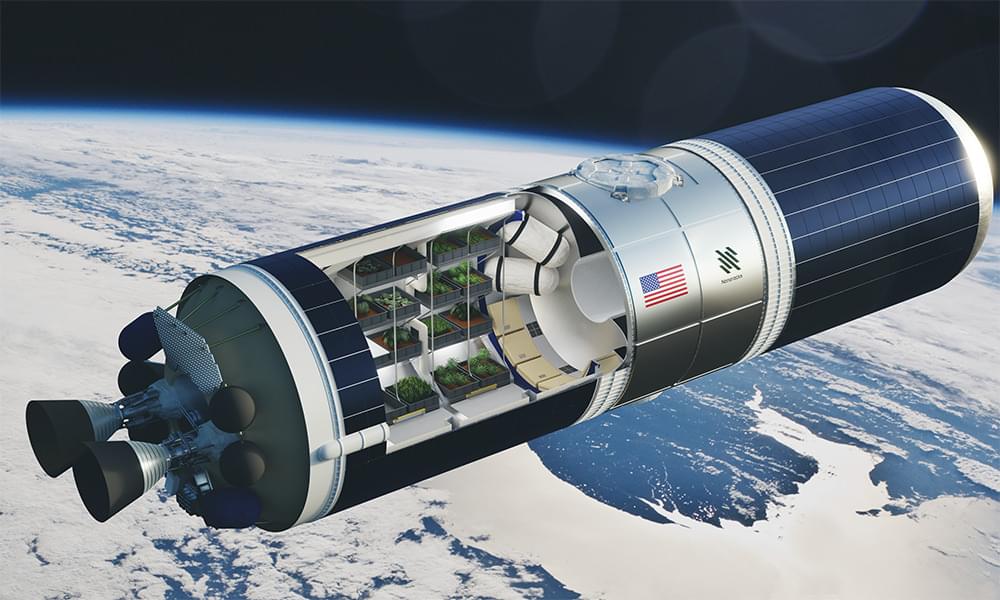

Space station astronaut captures breathtaking view of the edge of the Earth
If the state of the planet is getting you down or you’re just terrified that ducks can now speak human words 0 then I advise you to stop what you’re doing for a few moments and gaze in awe at this photo by Thomas Pesquet, a French astronaut currently residing inside the International Space Station.
Pesquet, an engineer with the European Space Agency, is one of the members of the SpaceX Crew-2 mission and member of NASA’s Expedition 65, which launched to the station in April. It’s his second spaceflight and he’s become known around these parts for delivering some absolutely surreal images of our home planet.
This may be his best yet.
‘Countdown: Inspiration4 Mission to Space,’ a docuseries on SpaceX’s 1st all-civilian spaceflight, launches on Netflix
Time Studios and Netflix are chronicling the mission, which launches Sept. 15.
The private Inspiration4 astronauts on SpaceX’s first all-civilian spaceflight star in a new Netflix documentary on their historic flight.
